Application Areas
of (functional) electrical stimulation
Functional electrical stimulation (FES) for multiple sclerosis
-for-multiple-sclerosis.png?auto=format&sfvrsn=f97bb942_20)
EMG-triggered multi-channel electrical stimulation can treat symptoms such as muscle weakness, spasticity, (gait) ataxia, or coordination deficits and sensory disorders. Regular training with the STIWELL® can increase the degree of independence in everyday life and improve relevant functions.
Therapy goals
- Learning and re-learning lost movements used in everyday activities
- Increasing the degree of independence in everyday life
- Improving the quality of life
- Maintaining the ability to work
- Learning and improving compensation strategies
- Improving movement coordination
- Reducing excessive muscle tension (spasticity)
- Improving sensory functions
- Reducing excessive urge to urinate (urinary frequency)
Areas of application
Patients with:
- relapsing-remitting MS
- secondary progressive MS
- primary progressive MS
- juvenile MS
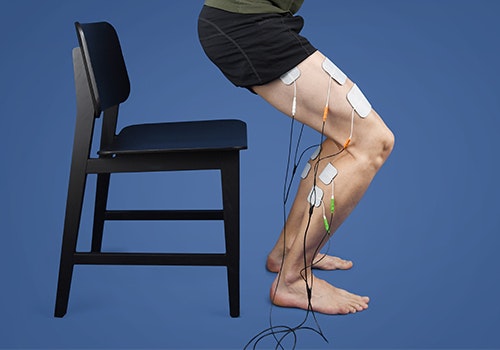
Stand up bilateral
(EMG)
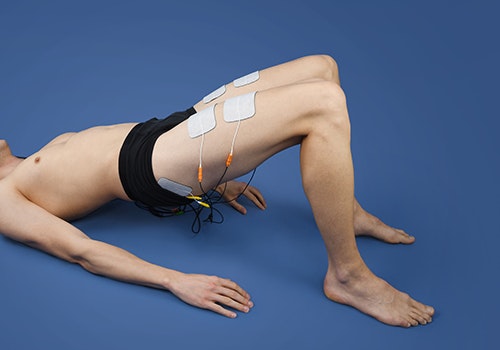
Bridging
(EMG)
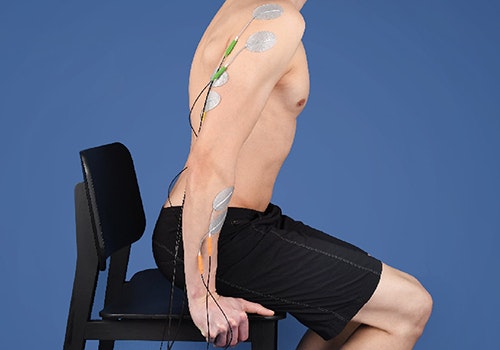
Arm extension/support
(EMG)
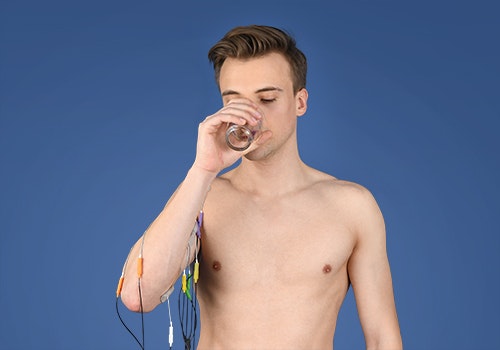
Hand to mouth
(EMG)
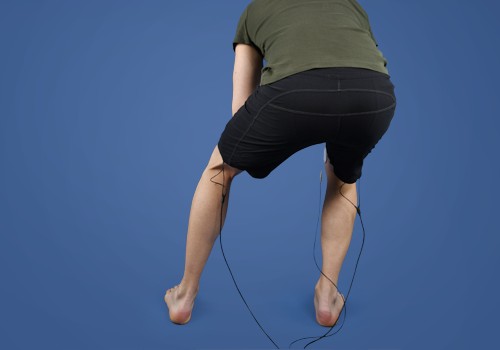
Coordination
training
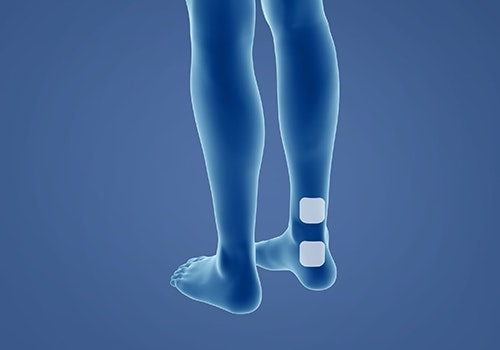
Overactive
bladder
Supports the training of everyday movements
The STIWELL® can be used to train everyday movements, such as eating, standing up, gripping and releasing objects, and much more on a regular basis. Targeted training of finger and hand movements is also possible.
Added benefits of EMG-triggered multi-channel electrical stimulation
EMG-triggered multi-channel electrical stimulation (EMG-MES) is often used in the active training phase of maintenance or recovery therapy. It enables a symptom- and deficit-oriented treatment approach within the framework of inpatient, outpatient and home-based therapy. Many of the debilitating disease symptoms (e.g. ataxia, spasticity) can be positively influenced. The increase of the movement competence and thus the improvement of the quality of life are in the foreground of this therapy form. In addition to physiotherapy and occupational therapy, those affected have the opportunity to use the STIWELL® to pursue therapeutic goals independently. The home-based therapy meets the recommendations of a high-dose regular therapy.
